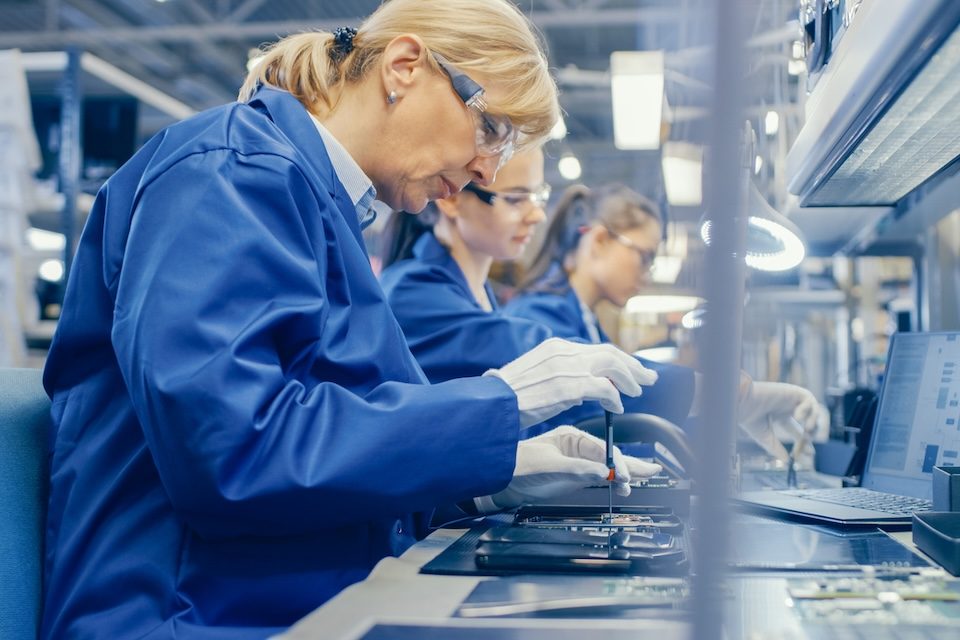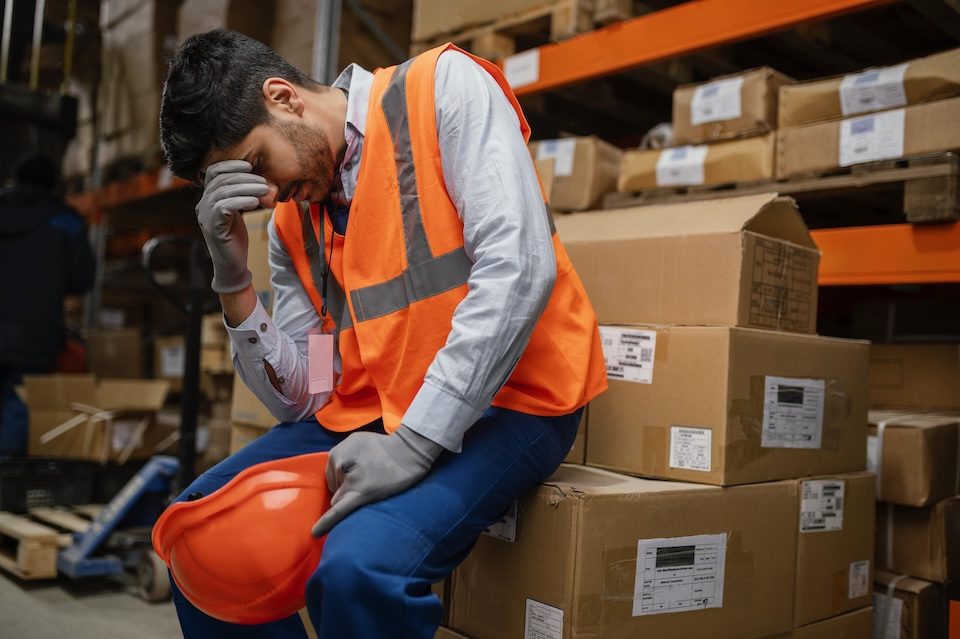Ergonomic ergo safe
In today’s modern working environment, where technology allows for flexibility and remote work options, ensuring a safe and ergonomic workspace is more crucial than ever. Mandatory ergonomic risk assessments play a vital role in safeguarding the health and wellbeing of employees, both in traditional office settings and for those working remotely.
Here, we explore the importance of these mandatory assessments in accordance with the Health & Safety guidelines, the challenges faced by employers in conducting them for remote workers, the benefits for both employers and employees and the potential impact of a poor work setup environment.
Importance of risk assessments
Mandatory ergonomic risk assessments are vital for identifying and mitigating potential hazards and risks associated with the physical setup of workstations. By systematically evaluating ergonomic factors such as seating, desk height, lighting, computer equipment and positioning as-well as repetitive tasks, employers proactively address and minimise the risk of musculoskeletal disorders (MSDs) and other work-related injuries. These assessments also promote compliance with health and safety regulations, ultimately fostering a culture of well-being and productivity within the organisation.
Arise remote workers
With the rise of remote work, employers face unique challenges in conducting ergonomic risk assessments for individuals working outside the traditional office environment. Lack of direct oversight and limited control over employees’ home offices and remote setups make it very difficult to ensure optimal ergonomics. Employers must find innovative solutions and leverage technology to remotely assess and guide employees in setting up workstations and then assessing them regularly to create a continuous risk mitigation process. Educating remote workers about the importance of ergonomics and providing resources for risk assessment will help overcome these challenges.
Benefits to all
Creating a good ergonomic environment has benefits for both employers and employees in several ways.
For employees, it promotes physical and mental health, reduces the risk of work-related injuries and enhances overall wellbeing. Proper ergonomics minimises the occurrence of MSDs, eye strain and fatigue, leading to increased comfort, focus, engagement and productivity. Employees who are ergonomically safe are also more likely to experience higher job satisfaction and improved work-life balance. Employers also reap significant benefits from investing in ergonomic risk assessments. Preventing workplace injuries and promoting better health, employers will see reduced absence from work, increased productivity and significant savings in healthcare costs. Providing proper ergonomics to employees demonstrates a tangible commitment to the duty of care towards employees which boosts morale, loyalty and retention. Additionally, employers can expect to see a reduction in workers’ compensation claims and legal liabilities associated with poor ergonomic policies.
New way of work
The impact of neglecting ergonomic considerations in the new way of work can be devastating for employers and employees. Firstly, in many jurisdictions, ergonomic risk assessments must be carried out no matter where employees are working from, so to avoid litigation, companies must take this process very seriously. Secondly, and most importantly, failing to ergonomically risk assess AND remediate risk identified, places employees in significant danger of developing injuries which can be life altering.
The economic benefit of doing ergonomic risk assessments properly and often can be massive for companies of all sizes in every industry. Despite the challenges now faced by companies in assessing remote workstations, employers must prioritise compliant ergonomic risk assessments for their people and ensure the mental and physical health of all employees is central to all business decisions.
Eliminating ergonomic risk in the workplace, be it the office, hot-desking, home or remote is an increasingly a mandatory requirement for all companies. This is a continuous process, it is always ‘on’ and companies who embrace emerging technologies to assist in this process will be the companies who will have the healthiest, most engaged, most productive and loyal workforces – and ultimately, these companies will create a foundation for their long-term success.











